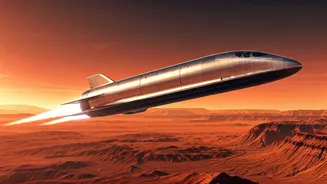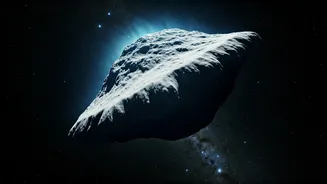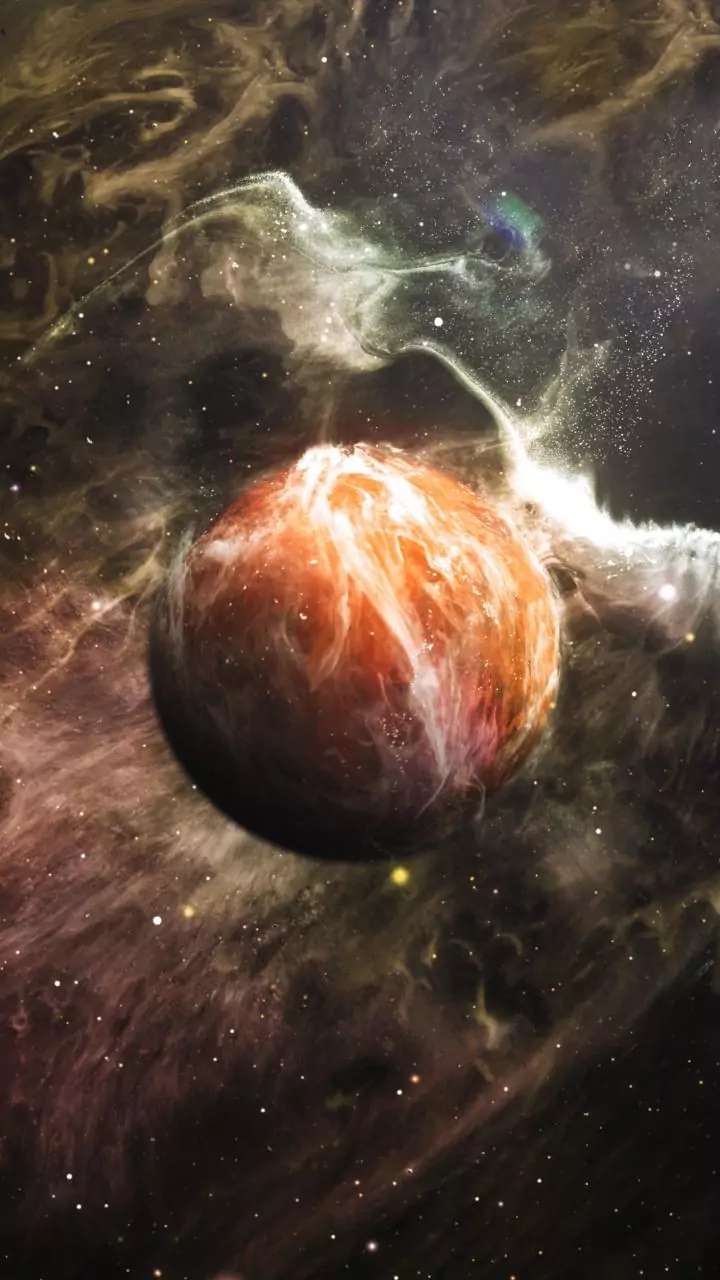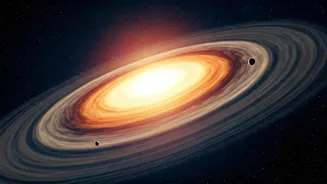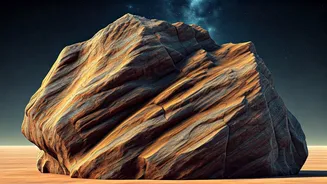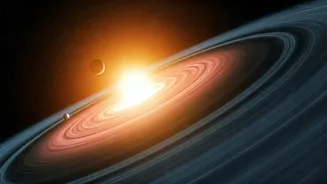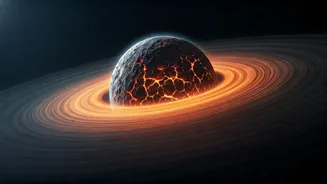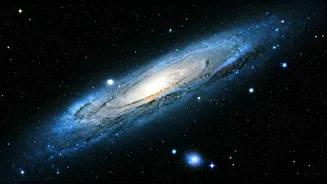Moon's Gradual Retreat
The Moon isn't static; it's slowly but steadily distancing itself from Earth. The rate of this separation is approximately 3.8 centimeters each year. This
is a subtle yet significant process, driven by gravitational interactions between the Earth and the Moon. It's not a sudden event but a gradual change happening over eons. The Moon’s gravity generates tidal bulges on Earth’s oceans. As Earth rotates, these bulges are carried ahead of the Moon due to friction. The Moon's gravity pulls on these bulges, causing a slight acceleration to the Moon's orbit, causing the Moon to gradually increase its distance. This is also linked to the Earth's rotation slowing down over time. Therefore, the Moon's retreat is a natural, ongoing consequence of the gravitational dance between the two celestial bodies.
Tidal Forces at Play
Tidal forces play a crucial role in the Moon's receding orbit. These forces, created by the Moon's gravitational pull on Earth, primarily influence the planet's oceans. The Moon's gravity tugs at the oceans, creating bulges on both sides of Earth. The side nearest the Moon experiences a stronger pull, resulting in a larger bulge, while the opposite side experiences a bulge due to inertia. Earth's rotation also adds complexity, and the bulges are carried ahead of the Moon. The Moon's gravity pulls on these bulges, which results in the Moon getting a slight acceleration. This acceleration causes the Moon to move further away from Earth, albeit at a slow rate. These tidal forces aren't just about water; they influence the Earth's rotation and shape the long-term relationship between Earth and its natural satellite.
Impacts on Earth's Future
The Moon's gradual move away from Earth has significant implications for our planet's future. One of the primary consequences is a gradual decrease in the strength and frequency of tides. The more distant the Moon, the weaker its gravitational influence on Earth's oceans, which reduces the tidal effects, which can also influence coastal ecosystems. Another significant aspect is the Earth's rotation rate. As the Moon moves farther away, the Earth's rotation slows down very slightly. This is an extremely slow process, so we won't notice it in our lifetimes. However, over geological timescales, these changes accumulate, altering the Earth's environment and influencing the planet's dynamics. Understanding these long-term effects helps scientists predict future Earth systems and the environment.
Long-Term Consequences
Over millions and billions of years, the receding Moon will shape Earth significantly. As the tides diminish, coastal landscapes may change, and the dynamics of marine ecosystems may shift. The Earth's rotation will continue to slow, changing the length of our days over eons. Furthermore, the Moon's distance will eventually stabilize, though this is a very long-term phenomenon. This distant relationship will transform how Earth interacts with sunlight and how its climate patterns evolve. Therefore, studying the Moon's current movement provides insight into Earth's planetary evolution. Scientists use simulations and observational data to project the future of our planet with the knowledge gained.
Scientific Significance
Studying the receding Moon offers valuable insights into fundamental physics and the solar system's history. By examining the Moon's current movement, scientists gain more detailed knowledge about the effects of gravity, tidal forces, and angular momentum. Measurements of the Moon's distance and orbital changes provide crucial data for testing and refining gravitational models. These observations also offer a deeper understanding of the early Earth-Moon system. The Moon's gradual separation from Earth serves as a constant reminder of the dynamic nature of our universe and the ongoing evolution of celestial bodies. Moreover, it encourages continuous exploration and research that advances our knowledge of planetary science.


